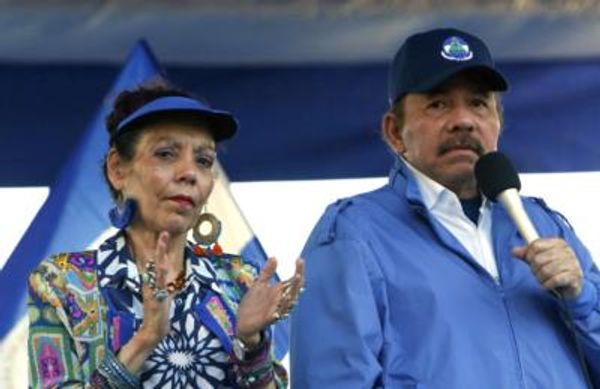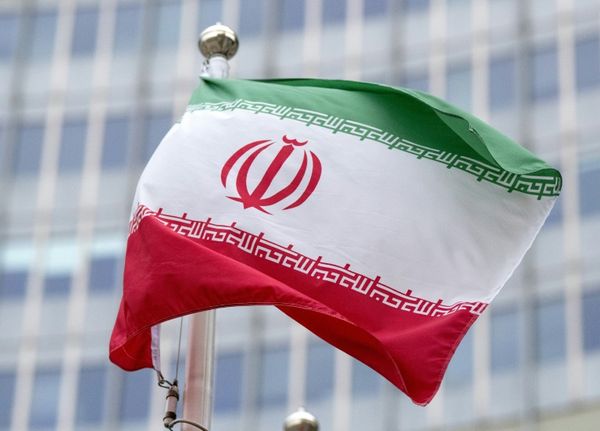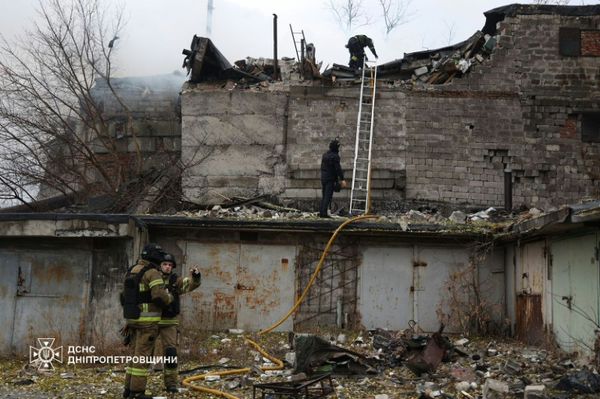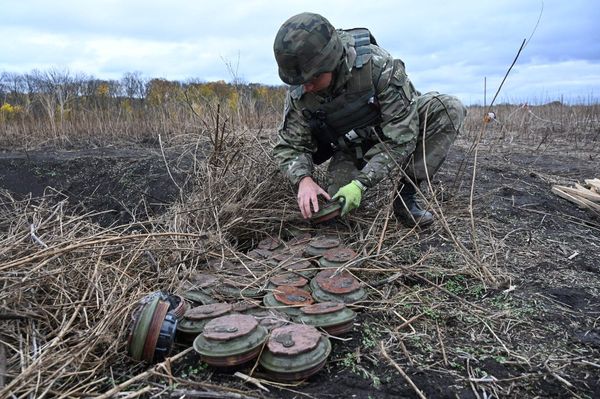
Australia’s aviation sector is facing global headwinds as pilot shortages loom amid booming global demand that experienced personnel in the sector fear could develop into a crisis.
Consultancy firm Oliver Wyman says the demand for pilots will outstrip supply in most regions globally between 2022 and 2024 — and continue to worsen over the next decade.
Already smaller airlines are struggling to keep pilots in the face of a concerted recruitment drive by American airlines offering much better pay and career paths.
Australia is particularly vulnerable due to the E3 visa clause in the Australia-US free trade agreement that came into force in 2005. Australian pilots are unique globally in having unfettered access to US working visas. The visa was part of a “thank you” by US president George W Bush for Australia’s participation in the invasions of Iraq and Afghanistan.
This has made Australia the key target of US airlines such as freight giant Atlas, Frontier Southwest and others. Atlas alone is recruiting more than 1000 pilots this year and already has more than 400 Australian pilots employed. Such groups create a network effect, encouraging colleagues in Australia to join them.
The broader impact has yet to be felt and both Qantas and Virgin said they had not experienced any problems recruiting pilots. Qantas said attrition had been “very low” and it had seen a net increase of several hundred pilots this year across the group, which is logical as it has ramped up operations post-pandemic after sacking 250 pilots in 2020.
However, in a sign that it may be experiencing some problems at Jetstar — where Crikey understands a group of pilots is leaving for the US — Qantas had made a 21% pay offer across seven years. Crikey has obtained a copy of the draft agreement, and the offer is significantly above the company-wide enterprise agreements it is trying to have implemented that provide for only a 9% pay increase across five years.
Pilots in Australia have a wide range of pay scales from about $120,000 a year for small aircraft operators to $400,000 a year for experienced pilots on Qantas, a scale which applies to legacy aircraft A380, A330 and 787. Jetstar pilots receive about 35% less than Qantas pilots on average and have reduced conditions, and pay rates for Virgin lie between Qantas and Jetstar.
But experienced pilots told Crikey the trend was already affecting traditional feeder airlines, such as those handling fly-in, fly-out routes and the Royal Flying Doctors.
Dozens of Australian pilots have recently left or are leaving Jetstar and Qantas’ regional arm QantasLink, as well as Regional Express (Rex), both of which pay pilots significantly less than the flagship carrier.
There is little doubt pilots are unhappy — Rex announced yesterday it had signed a new deal with pilots after they had rejected a previous deal and instituted industrial action in July. Details were not available at the time of publication.
In the same way that the Qantas Group has split its cabin crew into multiple groups on different and descending pay and conditions contracts, it has also a multiplicity of pay and conditions for flight deck crew. They are split by business unit; the group has a range of subsidiary companies that employ pilots for its Qantas redtail aircraft, Jetstar, QantasLink, Network Aviation and freight. Inside these “separate” airlines, new deals are struck as new aircraft come online.
As such, pilots for the coming (and overdue) fleet renewal of A320 and A350 aircraft will be on a tougher award than those flying existing aircraft, pilots said. Qantas B scale applies to 787 pilots; pilots flying its new planes will be on an even lower C scale.
On top of that, the Qantas Group does not allow lateral movement across its variety of “companies” when it comes to seniority, which is important in terms of career paths for pilots. For instance, a senior pilot at QantasLink would give up their seniority if they wanted to join Jetstar or Qantas redtail.
In the short term, the problem has been delayed by the return of hundreds of Australian pilots — who were working offshore in the Middle East, Asia and the US during the pandemic — that the industry is soaking up.
But US carriers are offering pay and packages that could see regional pilots more than double their salaries, as well as gaining lucrative sign-on bonuses and full healthcare and dental packages. Major US airlines are offering pilots 25% more than the top Qantas rates.
For now, Australians have swamped some of the main recruiting airlines, making the visa interview process so popular that pilots are travelling to destinations outside Australia to conduct their interviews in US consulates. There are further roadblocks in the US where flying schools — where pilots must upgrade their credentials to be signed off by the US Federal Aviation Authority — are also full.
But pilots said once the backlog had been cleared they expected even more aggressive recruiting from the US, and that Asian and Middle Eastern airlines — where Australian pilots have always been welcomed — are also ramping up operations.
If the pandemic has taught Australian pilots one thing, when it comes to the big airlines they are very much on their own and any residual loyalty they once had for the likes of Qantas and Virgin has well and truly flown away.







